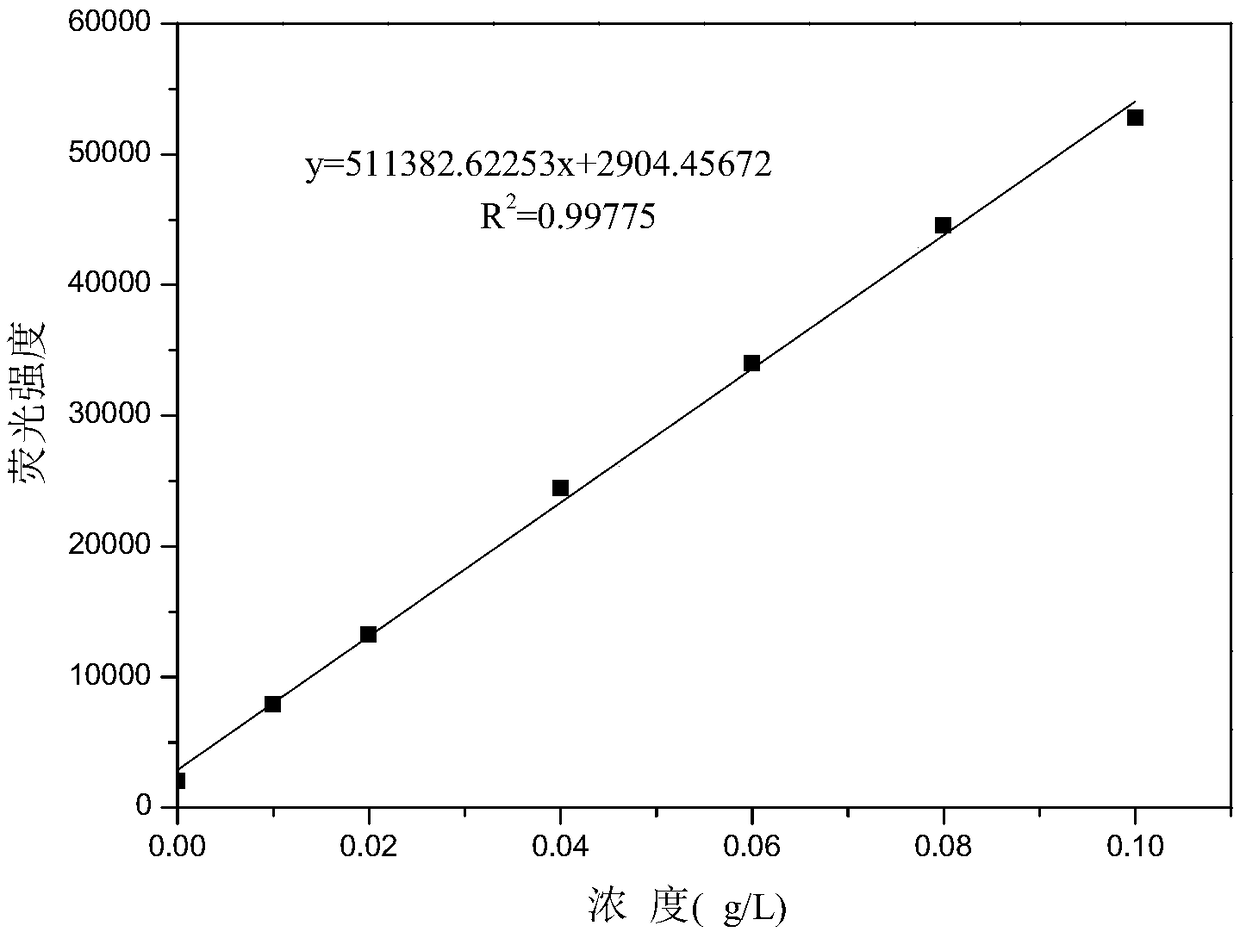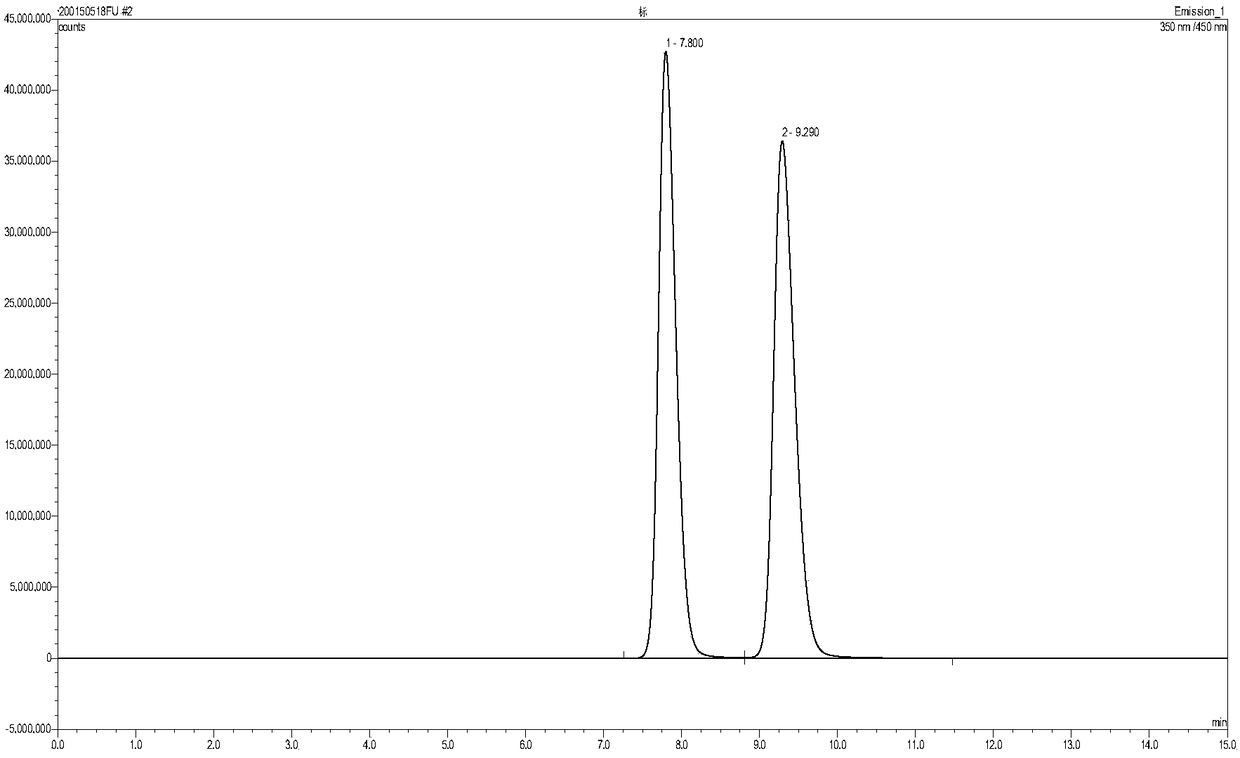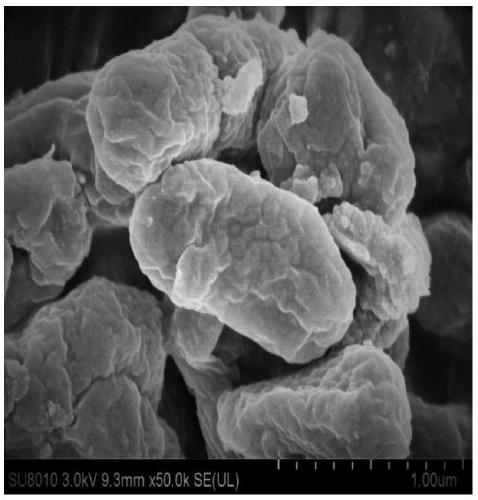Boron-resistant lysinibacillus boronitolerans ZJB-17007 and application thereof
A technology of ZJB-17007 and Bacillus lysinus, which is applied in the direction of bacteria, microorganisms, biochemical equipment and methods, etc., can solve the problems of unconverted D-glufosinate, waste of raw materials, low product yield and e.e. value, etc. , to achieve the effects of easy cultivation and collection, mild catalytic reaction conditions, and important application prospects
- Summary
- Abstract
- Description
- Claims
- Application Information
AI Technical Summary
Problems solved by technology
Method used
Image
Examples
Embodiment 1
[0028] Example 1: Screening of Boron-resistant Lysine Bacillus (Lysinibacillus boronitolerans) ZJB-17007
[0029] 1. Primary screening
[0030] The present invention takes soil samples from all over the country, and takes 80 parts of soil samples altogether. The specific method of screening: Weigh 1g of soil sample and place it in 10mL of 0.85% physiological saline, shake it and let it stand still, take the supernatant into the enrichment medium, and cultivate it at 30°C and 150r / min for 2-3 days with shaking . Take 1mL of the enrichment solution and add it to 50mL of fresh enrichment medium, and repeat this process 3 times before separation and purification.
[0031] Bromothymol blue filter paper was selected as the indicator filter paper to detect the colony capable of degrading the substrate. The principle is: after the colony containing the target enzyme degrades the substrate, acidic by-products (phenylacetic acid, acetic acid, formic acid, benzoic acid) will be produc...
Embodiment 2
[0047] Embodiment 2: identification of bacterial strain ZJB-17007
[0048] 1. Morphological identification:
[0049] The bacterial strain ZJB-17007 screened in Example 1 of the present invention forms a round or nearly round, soft texture, smooth surface, flat, neat edges, and shiny light yellow colony after being cultivated on a solid medium for 24 hours at 37°C , 2-4mm in diameter. Observation by Gram staining: purple long rod with spores. Composition of solid medium: sodium chloride 10g / L, peptone 10g / L, yeast powder 5g / L, agar 20g / L, solvent is deionized water.
[0050] 2. Physiological and biochemical identification:
[0051] Using the Biolog (GENⅢ) automatic microbial identification system, 94 phenotypic tests were performed on strain ZJB-17007, including 71 carbon source utilization tests and 23 chemical sensitivity tests: the strains were inoculated on a specific plate medium at 33 °C Cultivate at constant temperature for 2 days, wash the bacteria on the plate with...
Embodiment 3
[0061] Embodiment 3: the preparation of wet thalline
[0062] (1) Incline cultivation:
[0063] Inoculate boron-resistant Bacillus lysine ZJB-17007 into the slant medium and culture at 30°C for 48 hours to obtain slant bacteria;
[0064] The final concentration of the slant culture medium is: casein peptone 17g / L, Na 2 HPO 4 3.0g / L, K 2 HPO 4 1.5g / L, soybean peptone 3g / L, glucose 2.5g / L, NaCl 5g / L, agar 20g / L, solvent is deionized water, pH value is 7.0.
[0065] (2) Seed cultivation:
[0066] Pick an inoculation loop of bacteria from the slant and inoculate it into the seed medium, and cultivate it at 30°C for 24 hours to obtain the seed liquid;
[0067] The final concentration of the seed medium consists of: casein peptone 17g / L, Na 2 HPO 4 3.0g / L, K 2 HPO 4 1.5g / L, soybean peptone 3g / L, glucose 2.5g / L, NaCl 5g / L, solvent is deionized water, pH value is 7.0.
[0068] (3) Fermentation culture:
[0069] Inoculate the seed liquid into the fermentation medium wit...
PUM
| Property | Measurement | Unit |
|---|---|---|
| diameter | aaaaa | aaaaa |
| optical purity | aaaaa | aaaaa |
| optical purity | aaaaa | aaaaa |
Abstract
Description
Claims
Application Information
 Login to View More
Login to View More - R&D
- Intellectual Property
- Life Sciences
- Materials
- Tech Scout
- Unparalleled Data Quality
- Higher Quality Content
- 60% Fewer Hallucinations
Browse by: Latest US Patents, China's latest patents, Technical Efficacy Thesaurus, Application Domain, Technology Topic, Popular Technical Reports.
© 2025 PatSnap. All rights reserved.Legal|Privacy policy|Modern Slavery Act Transparency Statement|Sitemap|About US| Contact US: help@patsnap.com



